Viaggio dal principiante al combattente MMA professionista
One of the most well-known and well-liked sports is MMA. It’s not easy to train to be an MMA fighter. Before you get to have your own matches, you will have to overcome many hardships, obstacles, pain, and even financial difficulties.
There is no denying that each fighter is unique and has his or her own fighting style. These fighters work incredibly hard and are incredibly determined, and it pays off. Some of them achieve great fame and financial success. You also need to improve your talents and skills if you want to get better opportunities.
There are fundamentals you should start with if you think you’d like to try your hand at MMA fighting. You could eventually have a prosperous career in MMA if you have the right plan in place and receive the right training. It’s not surprising that so many people are interested in competing in MMA.
Fans of the sport can’t get enough of it since it is so challenging and thrilling. If you’ve ever thought, “I can do that,” when you look at an MMA fighter, you might be wondering where to begin. It takes a lot of patience and perseverance to become an MMA fighter.
Even though it will require a lot of work, it will also be very enjoyable and rewarding. If you want to be a fighter, you have to learn how to do a lot of different things. This involves boxing, grappling, kicks, and takedowns. You’ll need a lot of discipline, perseverance, and dedication to accomplish this.
In this article, we will be looking at the journey from beginner to professional MMA fighter.
What Is the Ideal age to Begin MMA?
The ideal age to begin MMA training is between 15 and 16. Your body is virtually fully grown at this point. You will also have a lot of time to train, develop, and improve both your physical and mental skills. However, there is no one ideal age to begin MMA training.
A few amateur fights before turning 18 are advantageous in the long run. It’s not too late to start training and pursue your professional MMA dream if you’re in your 20s. In your 30s, you can still practice MMA for self-defense, which is very helpful in real-world situations.
How Can I Participate in Amateur MMA Fights?
Simply inform your coach that you want to fight when you first join an MMA gym with a fighting squad. Because you’ll truly learn how to fight before engaging in cage fighting, this is the finest approach to entering MMA. The issue is that this might be the most difficult and time-consuming method of getting an MMA bout.
It will take some time for your coaches to agree that you are ready to fight after you ask them to allow you to. Coaches want to send their best fighters to represent their gym, so you’ll fight someone from another gym. MMA is a real fight, unlike other combat sports, so of course they do not want you to get hurt.
You need to get in touch with MMA organizations that hold events in your area and ask them if you can compete as an unaffiliated fighter in the event that there isn’t an MMA gym nearby or you simply can’t or don’t want to go to one for some reason.
What Should You Know Before Getting into MMA?
- Do ample research
If you’re a fan of mixed martial arts (MMA), you’re aware of the amount of preparation each fighter puts into each battle, from increasing their physical fitness to learning the fighting style of their rivals and developing a strategy. That is how you ought to get ready to begin your MMA training.
- Make sure you are ready
Once you begin training, you may find that you want to put everything into it. It makes sense to feel this impulse. You’re ecstatic. However, you still have a lot to learn.
You may also want to learn everything at once. But in MMA, there are rarely any overnight successes. Mastering mixed martial arts takes time, and if you push yourself too hard or too quickly and get hurt or sick, it will take you even longer.
- Train with professional fighters
If you train with other fighters who are more experienced than you, you will learn a lot faster and might get hurt less. Better fighters are more composed and unconcerned with winning. Brazilian Jiu-Jitsu training with another overly jealous white belt could quickly land you on the sidelines.
- Prioritize and work on your defense first
One of the secrets to success is knowing how to defend yourself. Anyone can use enough force to make a kick or a punch effective, but you won’t be able to protect yourself long enough to sustain yourself.
What are the requirements for beginning MMA training?
Since you’ve decided to start your MMA journey, you’ll need some training supplies. But do not worry; you only need much less equipment and money than you would for most other activities. Some of them are:
- MMA Guanti
MMA gloves are one of the most important pieces of training equipment for mixed martial arts. It’s crucial to get the gloves right since they keep both of your hands from getting hurt and your opponent or sparring partner from getting hurt.
Here are some great options to pick from
I migliori guanti da MMA per la competizione
- Il migliore in assoluto: RDX MMA : Vai alla recensione
- I migliori guanti da competizione in pelle: Hayabusa T3 Leather gloves : Vai alla recensione
- I migliori guanti economici per la concorrenza: Professionista degli sport da combattimento : Vai alla recensione
- I migliori guanti ibridi: Battaglia di Sanabul forgiata : Vai alla recensione
- Il meglio per i principianti: Stile Everlast Pro : Vai alla recensione
I migliori guanti da MMA per Allenamento e Grappling
- I migliori guanti da allenamento: Guanti Fairtex FGV18 Super Sparring : Vai alla recensione
- Il miglior tuttofare: Combattimento UFC Pro : Vai alla recensione
- Migliore borsa e sparring: Sport da combattimento Max Strike : Vai alla recensione
- I migliori guanti da allenamento Premium: Hayabusa T3 Training : Vai alla recensione
- I migliori guanti economici per l'allenamento: Everlast Treno Avanzato : Vai alla recensione
Full article can be found qui
- Pantaloncini MMA
There are more varieties of shorts than ever when it comes to combat sports. In general, the MMA world is a little more accepting of what you can wear than other sports, allowing you to focus on performance while also making sure you’re dressed appropriately.
- Groin Protector
When you are sparring with your training partner, groin protection is very necessary. There aren’t many options when shopping for a groin protector. So, the best thing to do is try out different options until you find one that is comfortable and stays in place.
Because they have a pocket for the cup and can be worn under grappling shorts during practice, athletes adore compression shorts. They can take the cup out and put it in the pocket if they do not need it.
- Shin Guards
The strongest bone in the human body is thought to be the shin. However, because legs are used for both attack and defense in combat sports like MMA, it is also the bone that is most susceptible.
A shin guard can protect your shin from minor cuts and major fractures. Because of how crucial they are, the majority of trainers wouldn’t even permit practicing leg kicks without them.
How to Find a Gym for MMA Training
There are several fake MMA gyms out there that you should stay away from. However, even if the gym is legitimate, it might not host or have a team of MMA fighters. Check if the gym has an MMA fighting squad to make sure you are joining the proper one.
To accomplish that, check out the gym’s website, its social media accounts, or ask the staff or the coaches directly. You can also ask when the last tournament was that the fighters from the gym you chose participated in. The earlier, the better.
What Does a Typical MMA Training Session Look Like?
- Warm up
This involves a series of moves to loosen up your stiff muscles and get your blood flowing. Depending on the training, there may be a combination of shadow boxing and other exercises like sprawls, push-ups, leaps, squats, and so on.
- Coaching and instruction
A technique or idea to work on for the training will be demonstrated by the instructor. This could involve a takedown, a series of strikes, a technique for holding your opponent down, or any other move from the MMA curriculum.
- Drilling
The entire class meets here to put what they have learned into practice. You are matched with a partner who has a similar level of skill, and you cooperate to learn the method together.
At this point, the coach walks around the class to help people and make small technical changes. The teacher occasionally summons the class back to correct a mistake or demonstrate another useful hint.
- Addestramento
You need to drill the technique more rigorously at this point. For example, a strike will get a lot of work on the pads, while a takedown will get a lot of work with a partner. This is a specific drill to make sure you commit the technique to memory. It is not sparring. For beginners, the intensity ranges from very light to moderate.
- Exercise
Every session ends with some good exercise work that may include sit-ups, medicine ball throws and passes, push-ups, or anything else the coach thinks of because everyone needs to be as fit as possible.
How Much Should an Amateur MMA Fighter Train?
Because a fighter’s rating can affect how much money they make and whether they can train full- or part-time, the number of training hours may change based on their position. As they move up the rankings, many lower-ranked fighters may have trouble making enough money from their fights at first.
Many low-ranking fighters must plan their training around their full-time jobs in order to support themselves, their families, and their aspirations of advancement because they are unable to make enough money from fighting.
People in this circumstance might train for about four hours a day, split between longer Saturday workouts and two hours in the morning and evening workouts during the week. Because most people enjoy at least one day off per week, Sunday is generally avoided.
Most of the time, fighters who are better or rank higher can spend more time fighting and train for about six hours a day. For instance, Conor McGregor, a highly successful UFC fighter, once boasted about how his obsession to perfect his learned moves led him to begin his day in the gym at around 7 a.m. and stay there until 1 a.m.
Do amateur MMA fighters get paid?
Most of the time, an amateur MMA fighter will fight for free to gain experience, see how good they are, or help a good cause. But in low-level amateur fights, fighters often only get $100 to $200 as a payout for taking part. Usually, they can’t make more money than this until they get a professional promotion.
They will have more opportunities as they develop as fighters. An amateur fighter can make about $300 for participating in a fight and an additional $300 if they win it. One can make more money per fight by taking part in more fights, building a reputation, and helping sell tickets in exchange for a share of the money made.
As a fighter, sponsorships will make up a sizable portion of your overall income. Under most promotions, amateur fighters can also display sponsors on their fight attire. But as an amateur, finding a sponsor won’t be simple.
Most of the time, businesses would rather sponsor a professional than an amateur because professionals tend to be more popular. Sponsors will help you if you have a lot of fans in your area and a lot of fans on social media. Calling nearby companies and offering them a spot on your shorts will probably be the most effective way to find a sponsor.
Let them know who you are, how many people follow you, and how many people will be watching the event. Your gym is another possible source of sponsorship for you. Most likely, your trainer knows businesses that have sponsored fighters in the past and can give you their contact information so you can try to get them to sponsor you.
How Many Amateur Mixed Martial Arts Fights Are Required to Go Pro?
MMA is the only combat sport where you don’t have to be an amateur for a long time to become a good pro. The MMA professional sector has developed faster than the amateur scene.
In MMA, most fighters compete in 10 to 20 amateur fights in order to earn the experience necessary to compete as professionals, in contrast to boxing, where you can compete at the Olympics and World Championships throughout your whole career as an amateur.
What Is the Time Frame for Professional MMA Fighter Development?
Although you may have prior fighting experience in boxing or wrestling, it’s reasonable to wait two to three years after beginning MMA to adapt before engaging in some amateur competition. You might be prepared to turn professional in another two to three years, which is a quick route to the expert professional ranks.
A world champion in amateur BJJ or kickboxing who has been active in the sport for seven or eight years does not need another eight years to advance to the professional level in MMA. He He only needs to learn new skills and get better at the ones he already knows because he is already mentally and physically ready for high-level MMA competition.
Sommario
A mixed martial arts battle has a lot of activity going on all at once. Muay thai, Brazilian jiu-jitsu, and wrestling are three of the component disciplines that may be switched between in a split second. In a single battle, the fighters may use hundreds of different techniques, yet the commentators hardly ever have time to break down the mechanics or subtleties of each move.
These are some of the most prevalent MMA fighting information sources. If a fighter wants to compete in one of MMA’s major events, they need to know at least the basics of each art. Just knowing how to wrestle, hit, or grapple is not enough.
You should consider more than simply fighting if you are considering the MMA fighter career path because you desire fame and money or because you are driven by a strong desire to do so. You must also work on developing your skills and talents if you want better prospects.
Domande frequenti
Even if you have fought before in wrestling or boxing, you should wait two to three years after starting MMA to get used to it before you compete in an amateur event. You might be prepared to turn professional in another two to three years, which is a quick route to the professional ranks.
Experts believe that the best time to start an MMA practice is between the ages of 13 and 16, when the teenage body is developing and learning to identify with the adult body. Before beginning MMA training, the child needs to be in good shape, have strong muscles, be motivated, and have a strong immune system.
Every time a fighter enters the Octagon, they typically sign a contract for a set number of fights at a set price. There are three tiers of pay, with the lowest earning between $10,000 and $30,000. How does an MMA fighter become a professional? and the top tier ranking of $500,000 to $3,000,000 per fight
You must make an effort to participate in as many amateur fights as you can. Fighters in amateur boxing and kickboxing rack up a lot of fights to develop expertise. For amateur MMA, you must follow the same procedure and compete in numerous fights. Before moving up to the professional level, try to play in at least 10 amateur matches and earn a few belts.
Discover knockout gifts for combat sports fans and enthusiasts on our Gifts Page, just in time for the holiday season and Amazon Prime Day. Get ready to surprise your favorite fighters with the perfect presents they’ll love! You can’t go wrong with any of these gifts, they are all unique and made for people who love combat sports!
Stai cercando di acquistare altri prodotti di boxe, per la boxe visita il seguente elenco dei migliori articoli di miglior copricapo da boxe, i migliori guantoni da boxe in assoluto, i migliori guantoni da boxe per la competizione, migliori scarpe da boxe e i migliori pantaloncini da boxe. Abbiamo anche alcune ottime recensioni scritte da esperti per gli appassionati di MMA e BJJ, i migliori guanti da MMA, miglior copricapo MMA, miglior copricapo BJJ, i migliori accessori BJJ & la migliore ginocchiera per BJJ.
Per chi di voi pratica sport da combattimento per il fitness, ecco alcuni prodotti indispensabili i migliori sacchi da boxe autoportanti, migliori integratori, le migliori armi per arti marziali.
Per alcuni di noi che amano i buoni prodotti senza dover spendere una fortuna i migliori guantoni da boxe sotto $100, le migliori scarpe da boxe sotto $99, miglior copricapo da boxe sotto $50, i migliori sacchi da boxe sotto $50.
Per articoli relativi al marchio, controlla Il miglior Hayabusa | Migliore vincita | Il migliore Everlast | Miglior Cleto Reyes | Il miglior RDX | Miglior rivale | Miglior Venum | Miglior anello per gabbia

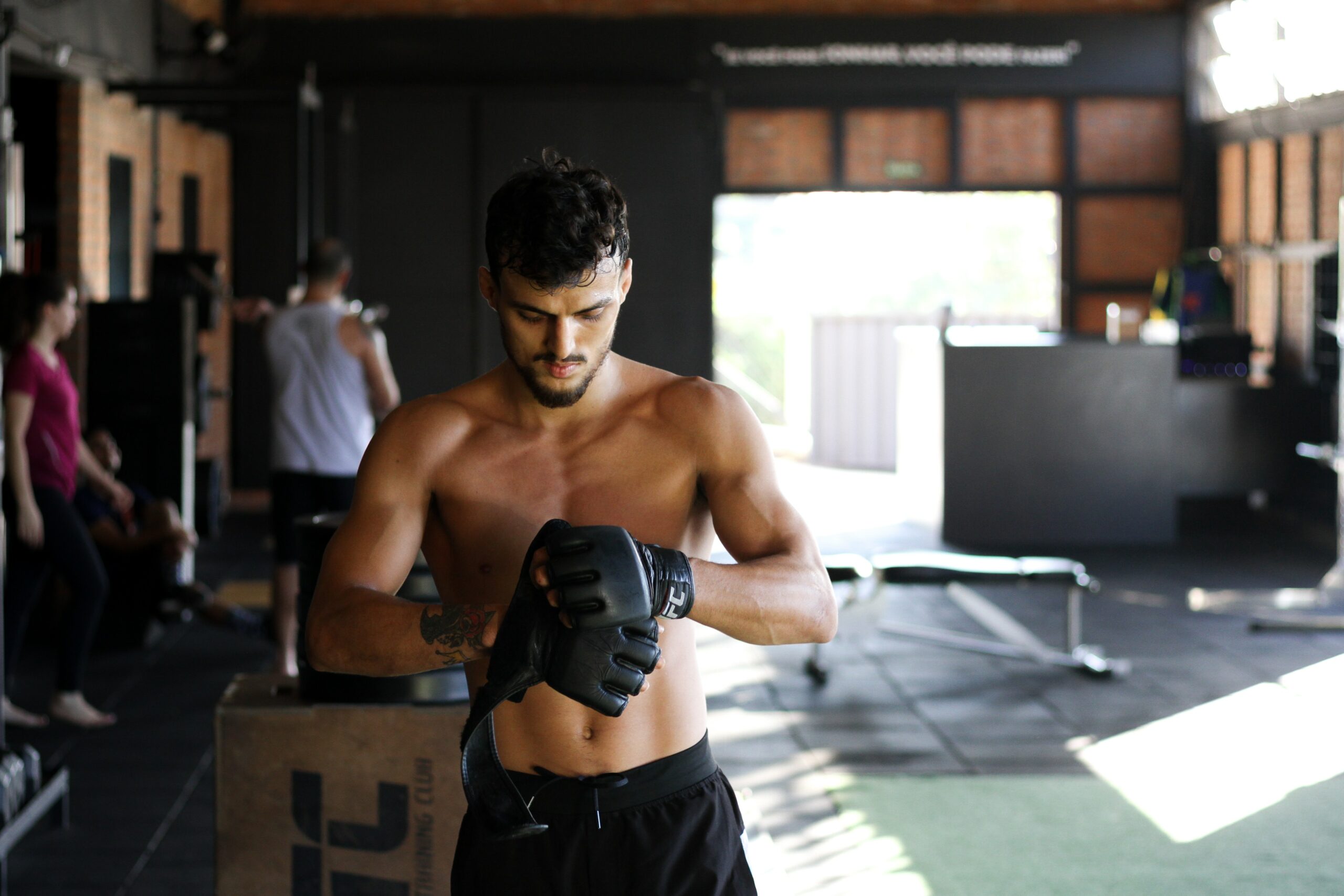


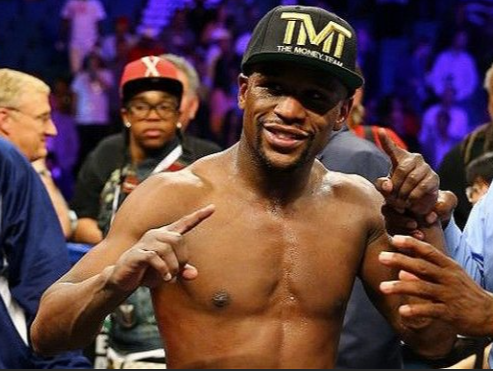

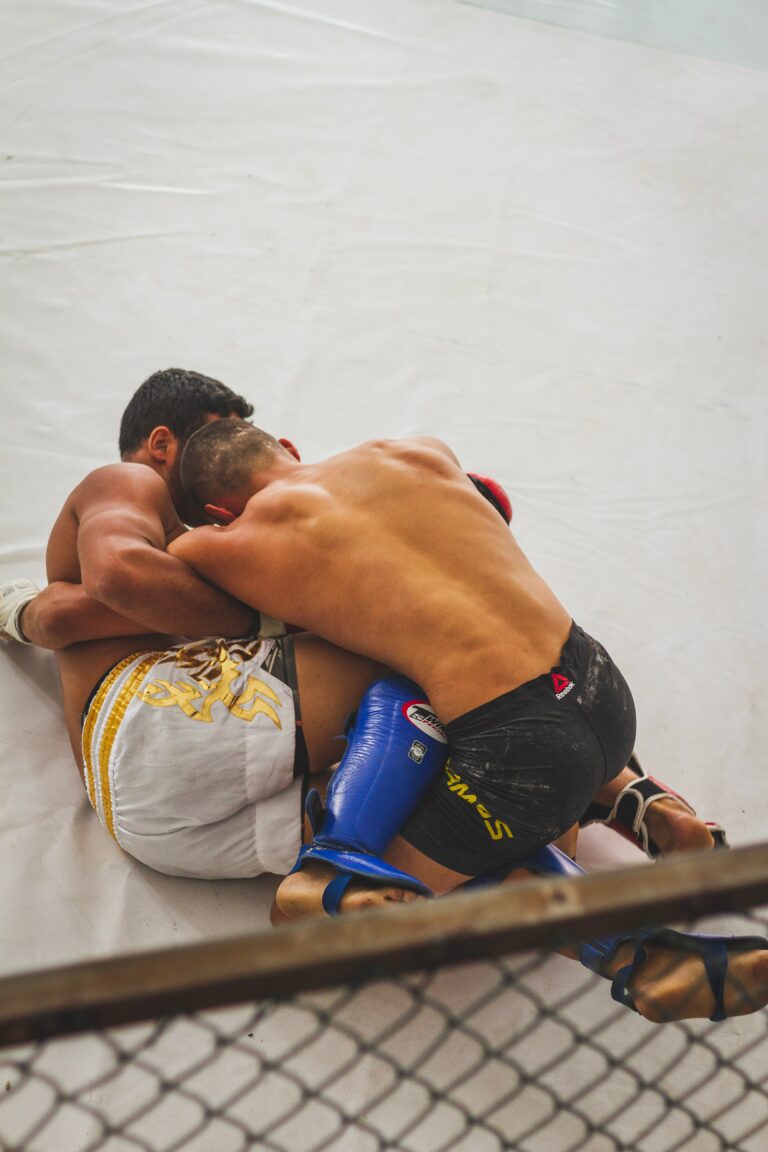
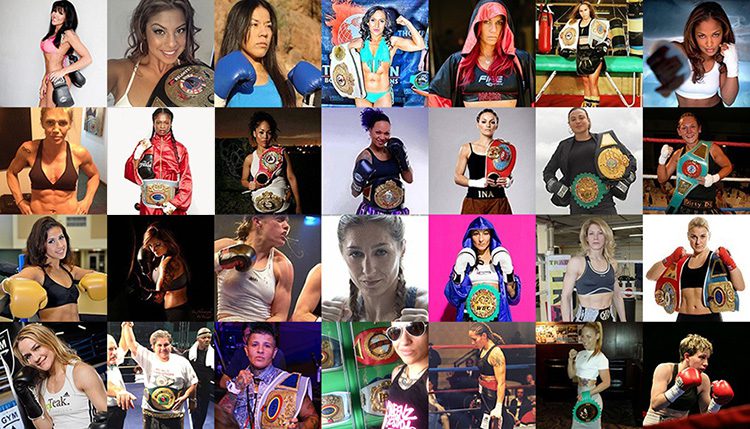
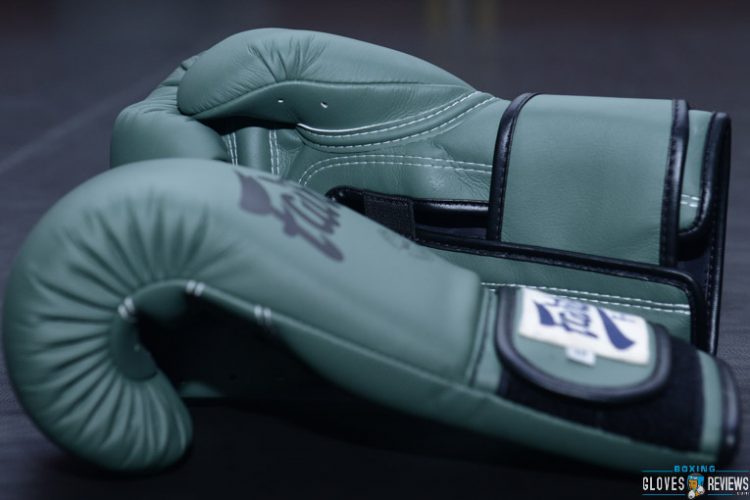

BoxingGlovesReviews partecipa al programma Amazon Services LLC Associates. Sosterrai la nostra piccola operazione acquistando tramite questo sito Web, poiché otteniamo una piccola percentuale delle vendite. Grazie!